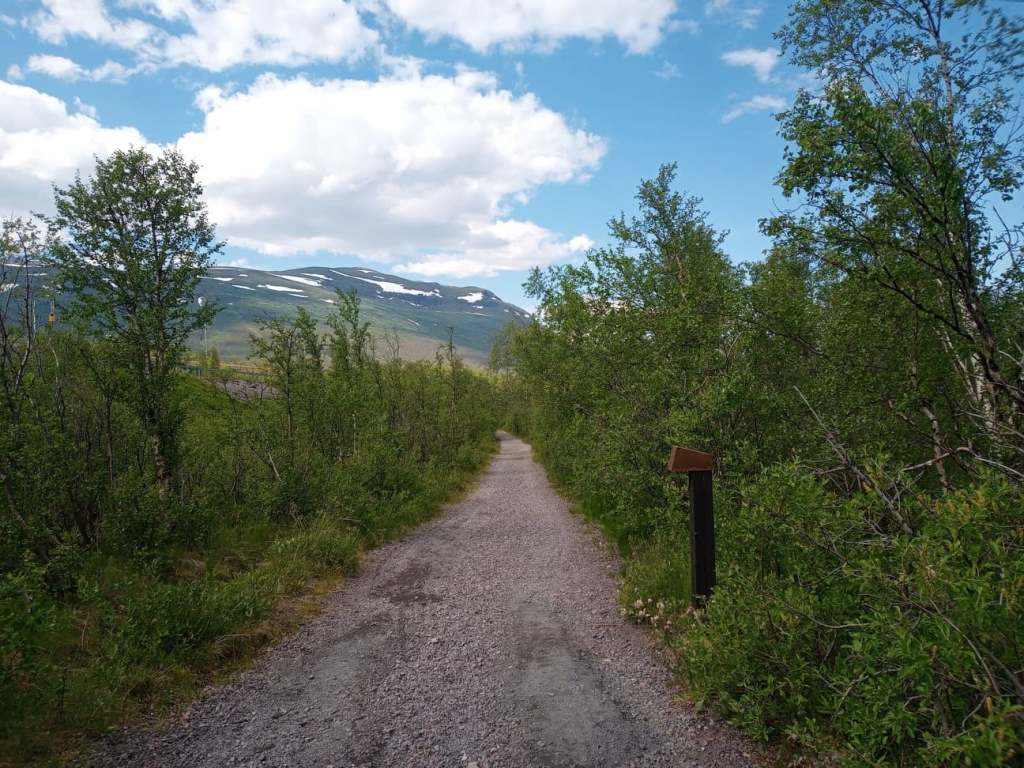I find it of paramount importance that students learn how to communicate their research. Summarizing their ideas and findings for a broad audience challenges them to keep the ‘why’ in mind for their research, and reminds them they are part of a bigger effort to solve the remaining mysteries of our world. In this mini series, all master students of this academic year present their work in around 300 words. First up: Dymphna Wiegmans
Historical data over the past 100 years may reveal important climate and land-use change impacts on vegetation composition in the Scandinavian mountains.
With the looming presence of climate change, subarctic ecosystems are changing rapidly in vegetation composition. Plant species are either moving uphill or disappearing entirely, with dramatic repercussions for ecosystem health and stability.
Climate change is occurring twice as fast in subarctic regions than in most others, but this is not the only major disturbance, land-use change and tourism are two other common disturbances that may disrupt native vegetation and introduce new species to a region. Together, these pressures could lead to a shift in biodiversity and ecosystem functioning.
Our research focusses on the Abisko region – a village in Northern Sweden that lies approximately 250 km above the Arctic circle. Due to low mean annual temperatures, arctic permafrost occurs here and the region accommodates a unique biodiversity, with a lot of rare plant species. However, climate change, land-use change, and tourist activity increasingly impact this region. For instance, intense human activity and warmer temperatures lead to the introduction of ruderal species that are exploiting the warmer climate and increased disturbance. Due to their ecological needs, ruderal species may increase in numbers over time and will contribute to changes to the subarctic ecosystems in Abisko.

In 1903 and 1913 botanist Nils Sylvén made vegetation surveys along the Rallarvägen trail: a trail established for the building of the railroad from Kiruna to Narvik. He started in Abisko and surveyed all the way up to Riksgränsen, at the border with Norway (40 km). In the following decades, a few other surveys were done in the region, resulting in a wealth of historical vegetation data that has up till now never been left unexplored. After Sylvén’s first survey, the railroad was built in 1904, paralleling the Rallarvägen trail, with a couple of intersecting train stations and settlements. Since then, the trail itself became popular amongst hikers. In the summer of 2021, almost 120 years after Sylvén, we revisited and resurveyed the trail. Together with climate data from the Abisko Scientific Research Station (ANS), available since 1913, and with additional plant distribution data from other trails ranging from the Rallarvägen into the adjacent mountains, we intent to investigate how climate and/or land-use change influences the vegetation composition and their migrations uphill in the Abisko region.




































































































































































































































































































































































































































































































































































































































































































































































































































































































































































































































































































































































































A good post! Thank you 🌍